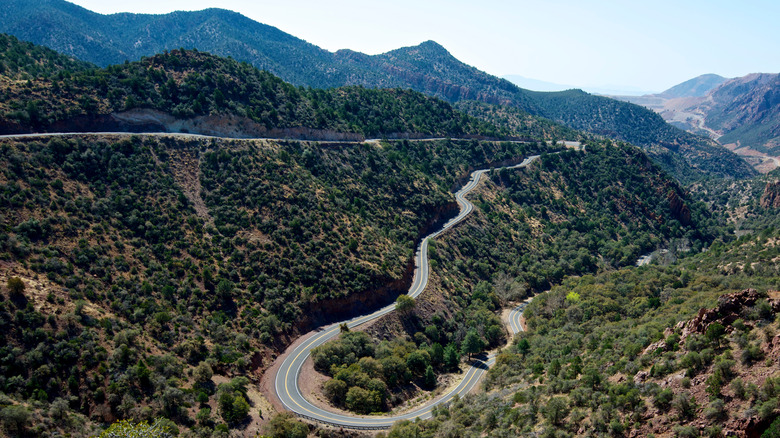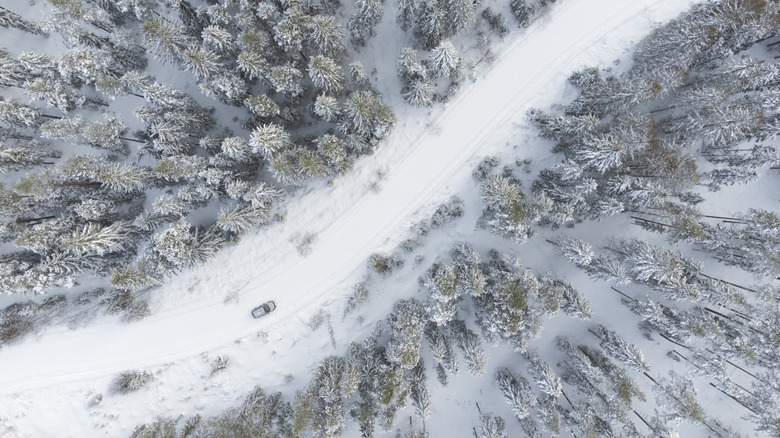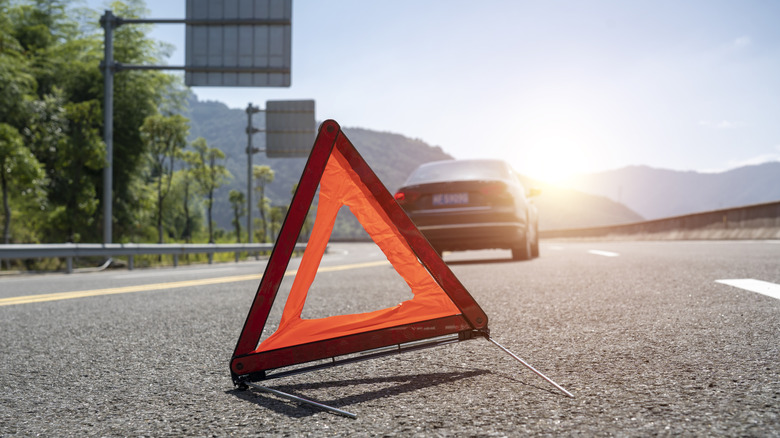The United States is a massive country that is arguably best explored by automobile. After all, is there anything more American than jumping in a car and hitting the open road? Road trips — such as this great northern coast-to-coast route — have come to define what it means to travel in the U.S. As a result, each year millions of travelers fire up their engines and cruise along the blacktop in an attempt to explore the nooks, crannies, and hidden backroad gems that make the country such a fascinating place. Luckily, there is no shortage of roads to choose from.
Beginning just a stone’s throw from Mexico near this romantic artistic oasis in Arizona, and ending at the Canadian border, U.S. Route 191 is a 1,800-mile long two-lane road that is one of longest three-digit designated highways in the country. Known for its isolation and lack of services, Route 191 gets exceptionally dramatic in eastern Arizona, where — designated for 120 miles as the Coronado Scenic Byway — the narrow highway twists and turns through scenic, high desert mountain country.
While driving Route 191 in Arizona may be tempting, it’s also good to bear in mind that this is a particularly hazardous stretch of road. With no middle barrier, plenty of potholes, and over 400 curves, one small lapse in judgement or concentration could result in catastrophe. And with so few towns and services, any wreck that goes off the road may not be discovered for days.
A beautiful, yet treacherous drive
Ways to keep safe on remote roads
Arizona’s Route 191 is by no means unique in its dangers. The U.S. is full of similarly narrow scenic routes that snake through mountains, valleys, and along sheer rocky coastline — such as this famous road in Glacier National Park. These all offer arresting vistas while also presenting challenges that any driver must be alert to. If you choose to explore such steep, twisty routes, there are a few ways to keep yourself safe.
Just remember that speed kills. The number one way to avoid an accident is to take things slowly, especially when approaching any turns. If it’s especially sharp with no visibility, feel free to lay on your horn to warn any cars coming in the opposite direction of your presence. Also remember to keep a more-than-respectful distance between you and any other vehicles, and if you find yourself heading downhill in icy or snowy conditions, gently apply your brakes rather than hit them hard: This can cause them to lock up and the car to slide out of control.
When driving a remote highway such as Route 191, it’s also important to be prepared. Services — such as fuel and provisions — may be few and far between, so make sure to fill your up tank and stock up on basic supplies (water, snacks) when passing through the larger towns. And never travel without at least one spare tire and an emergency kit consisting of a jack and basic tools, jumper cables, tire chains (in winter), a first aid kit, and flares or reflective road triangles. It’s also essential to check weather and road condition before setting out on any journey. For a safer north-south road trip, check out this route boasting the best of the West.




